

The much welcomed exhibition "Art in Kung Fu: Honoring the 20th Anniversary of the Foundation Program at the School of Fine Art" will be extended to May 1. All visitors (including guests with invitation) are required to make real-name appointment in advance, and enter the museum upon wearing masks and showing green health code. Please scan the QR code at the end of the page to make an appointment. CAFA teachers and students may visit without making appointments.
Wild vegetables, grass roots, barks, leather products...how impactful would it be if all these matters, which are the actual food of the Red Army during its Long March, are collected and shown together? The "Art in Kung Fu: Honoring the 20th Anniversary of the Foundation Program at the School of Fine Art" exhibition was opened at CAFA Art Museum on March 25. In it three walls of 100 paintings from the work Red Army Recipe show the food of the Red Army during its Long March, which were researched and painted by a group of CAFA teachers and students in a field trip to Zoige County in Sichuan Province, a stop of the Long March.

The year 2016 is the 80th anniversary of the success of the Long March. To celebrate the moment, teachers and students from the Foundation Program at the School of Fine Art organized a "Long March Again" team. Under the guidance of Professor Zhang Lujiang, who was also the director of the Foundation Program and the Deputy Director of the School of Fine Art at the moment, the team went to Zoige County, in Aba Tibetan and Qiang Autonomous Prefecture, Sichuan Province, where the Long March went through, and finished the 100-painting series Red Army Recipe. "The airport is located at 3,500 altitude. Although we have prepared medicine for the altitude sickness, five students still went to the hospital," recalled leading teacher Zhang Han of the first night that the team arrived at the Aba Hongyuan Airport, "It took a few days for us to get used to the climate."
In 1934-1935, three main forces of the Red Army (First Front Army, Second Front Army and Fourth Front Army), marched from Sichuan to Gansu through the Zoige County. This is the only county in Sichuan that the three main forces all had left their traces. Tens of thousands of the Red Army soldiers rest in peace in Zoige, and live in the many widely spread heroic epics today. Unlike many of the past theme-based creative works, the team focused on details - food - this time, because the true details dormant deep in the history is much more alive than the stories we pass around.

To better carry out the creative work, we divide the team into 12 groups based on the historical archives we found regarding the Long March. Each group has its special task, which are categorized as planning, making fire, leather products, fungi, cooked food, wild vegetables, grass roots, wild fruit, barks, dried meat, cereal, searching. For example, the "making fire" team was responsible of finding the kitchenware Red Army used during the Long March, and used the same type of ware to heat food and restore the scene; the "searching" team went to historical site, former residences of celebrities, and residences of the Tibetan locals, to search for the utensils Red Army has used. In the 15-day field work, the group searched for food in teams, and tried their best to restore the actual scene of the Long March. The paintings are not simply a description of what happend, but also brimmed with strong emotions. We can see on them an experience of numerous hardships that eventually lead to bright glory.

According to Zhang Han, every group member has tasted themselves the food that the Red Army ever had. Out of the 100 paintings, one features some carrots. "I saw this carrot at a Tibetan shepherd's home, and said to him that it's afterall not that bad if the Red Army could live by the carrots. Then the shepherd said that it's for pigs - people don't eat that there," Zhang said, "I brought some of the carrots to the painting base camp for people to taste them, and they were really horrible, dry like wood." Teachers and students also tasted cooked grass roots and leather belts. "Through the experience of taste, we know more deeply the difficulties of the Long March.

The climate of Zoige is very changeable. Rains and hails were common during the time the group was there. They usually had solid food for lunch in order to have more time for the creative work. "In the beginning, some students painted aesthetically beautiful still life like when they were at class, but after guidance from the teachers, and their true experience at the site, their paintings show difference in brush strokes, texture and spirit," said Zhang Han. Many students cried upon hearing the stories of the Red Army. In the middle of the vast grassland, the creators had a dialogue with the Red Army across time.

There are many moving details in the exhibited paintings. Some have pasted cereals like highland barley and wheat into the paintings - people can almost smell the scent of the cereals. There is also a special painting, which draws a neatly folded military uniform. A dying Red Army solder took off his uniform in case his body would get cold and make it difficult for others to take it off, so that the soldiers who pass him by later would use his uniform to get warm or feed their stomach.
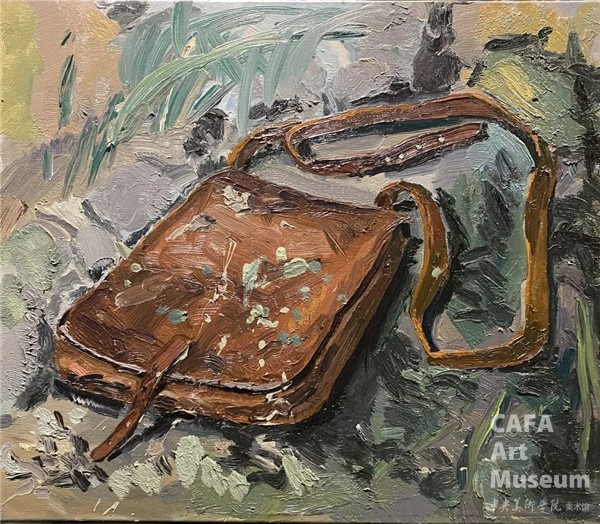
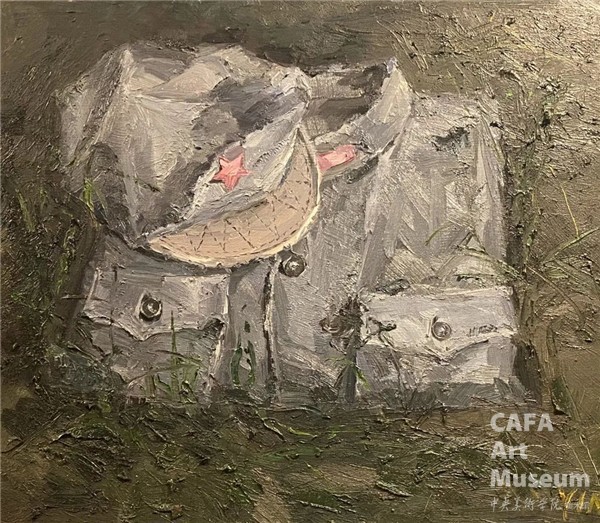
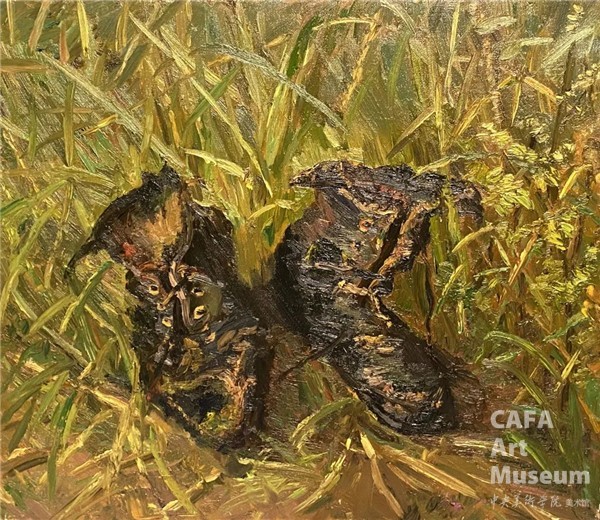

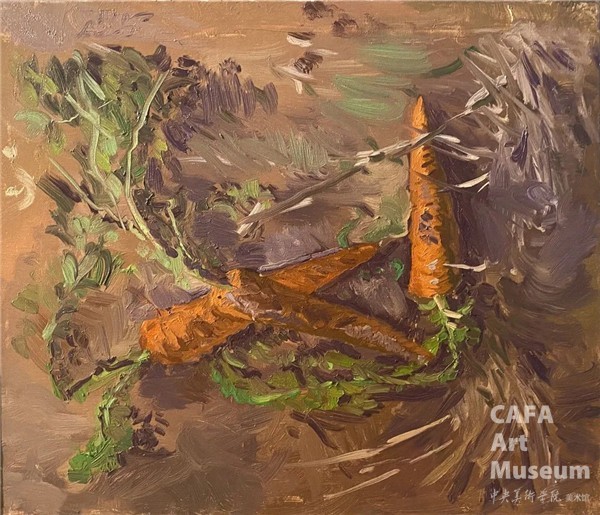
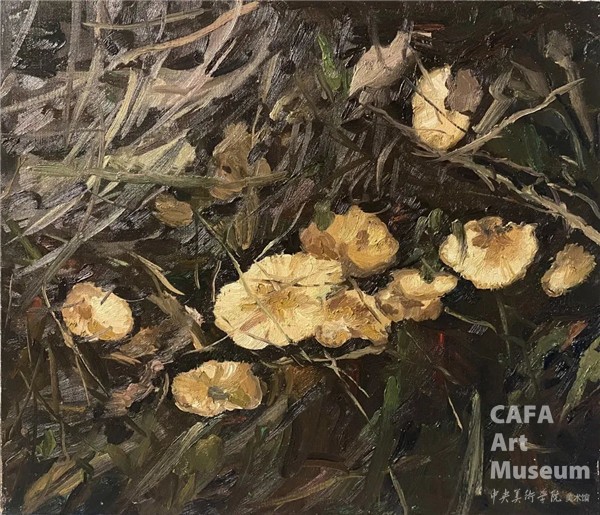
The exhibition is composed of six sections: De (德, virtue), Su (素, sketching), Cai (彩, color), Xing (行, fieldwork), Yan (延, continuity), Pu (谱, writing history), and displays over a hundred outstanding works by the teachers and students at the Foundation Program. Like CAFA director Fan Di'an said, attaching importance to foundational teaching is one of the most established tradition of CAFA. We hope this exhibition could be an opportunity to comprehensively show the teaching patterns and achievements of the Foundation Program in the last two decades, and discuss the future developments of the foundation teaching.
The exhibition will be extended to May 1.

Art in Kung Fu
Honoring the 20th Anniversary of the Foundation Program at the School of Fine Art
Time: 2021/03/20 - 05/01
Location: Gallery 2B, 3A, 3B, CAFA Art Museum
丨Organizer丨
Central Academy of Fine Arts
丨Undertaker丨
Foundation Program at the School of Fine Art
CAFA Art Museum
丨Academic Director丨
Fan Di'an
丨Curator丨
Bai Xiaogang

Scan the QR code to purchase ticket

Scan the QR code to make an appointment
